DRESDEN — Ornithologist Will Broussard led a small, yet knowledgeable, group on a hike Saturday through a diverse and unique Merrymeeting Bay ecosystem, which is a globally significant bird habitat.
About a half-dozen local residents gathered for the hike that explored the area between the Kennebec and Eastern rivers that makes up the state-owned Green Point Wildlife Management Area in Dresden to watch, and, perhaps more successfully on an overcast morning, listen, for birds.

Ornithologist Will Broussard, center, leads a bird walk Saturday at the Green Point Wildlife Management Area in Dresden. Joe Phelan/Kennebec Journal
On the hike, sponsored by Friends of Merrymeeting Bay, Broussard paused to point out a Baltimore oriole nest that appeared to include a Maine touch. It included a bit of ubiquitous blue tarp, interwoven among the twigs, feathers and grass of the nest in an apple tree in a grown-over former commercial orchard.
“Oh it does have some blue tarp in there, it’s a Mainer,” said Nancy Randolph of Topsham.
Broussard, a Bowdoinham native with a passion for birds and nature, was the youngest person certified years ago by Cornell University’s Ornithology Lab to record bird sounds. He said now is a good time to watch and listen for birds in Maine before they start to clam up, hide out, and hunker down to raise their young later this month.
He said when male birds first migrate back to Maine, many in May, they sing to both establish a territory and attract a mate. By the third week in July, many birds “don’t have anything to sing about” and are instead raising their young, keeping quiet and out of sight as they blend into the vegetation and disappear into the environment to avoid predators.
Birds seen or heard on the hike included red-winged blackbirds, a variety of swallows and warblers, a white-breasted nuthatch, flycatchers, cedar waxwings and warbling vireos, which Broussard identified by what he described as their “descending spiral” sounding song.
Beyond birds, the group also examined the plants found along the way, especially those which produce fruit or nuts that are a key food source for birds. And birds, in turn, are key for many forms of plant life, to distribute seeds.
Broussard noted birds eat the fruit of trees, fly off, then excrete the seeds elsewhere to spread new plants and life. He noted sumac seeds are contained in a nutshell so hard it won’t release the seed so it can germinate until the shell is softened by the acidity in a bird’s stomach.
“One has to have the other in order for their life cycle to be complete,” he said of the bird-plant relationship.

Ed Friedman, left, looks at an unoccupied birds nest Saturday at the Green Point Wildlife Management Area in Dresden. Joe Phelan/Kennebec Journal
Botanist Peter Day hiked through the fields, forest, wetlands, orchard, pine groves and shorefront with one hand on his cane and the other holding the hand of his companion, Alice Jewell, both “snowbirds” who return to Maine for summer.
Day examined a branch, cut by fellow hike participant Teresa Winter of Richmond, from a trailside tree covered in gnarly growth that had spread over many of its branches. He speculated, for the group, that the growths started due to an insect infestation, but then continued and spread out of control.
Ed Friedman, chairman of Friends of Merrymeeting Bay, a nonprofit group with a mission of preserving, protecting and improving the unique ecosystem of where six rivers converge, said the bay attracts a diversity of birds and is recognized by the American Bird Conservancy as a Globally Important Bird Conservation Area.
The bay is one of only four places in the world where large rivers, with entirely separate watersheds come together to form an inland, freshwater, tidal delta, according to the Brunswick-Topsham Land Trust.
The Kennebec is one of six rivers — along with the Cathance, Androscoggin, Muddy, Abagadasset and Eastern — which drain 38% of the state of Maine and converge to form Merrymeeting Bay.
Flocks of migratory birds are drawn to the bay in part by the presence of wild native rice, especially around Swan Island.
As the group returned to the starting point, a group of bird dog enthusiasts had also gathered at Green Point Wildlife Management Area to train their dogs and hunt birds.
Send questions/comments to the editors.



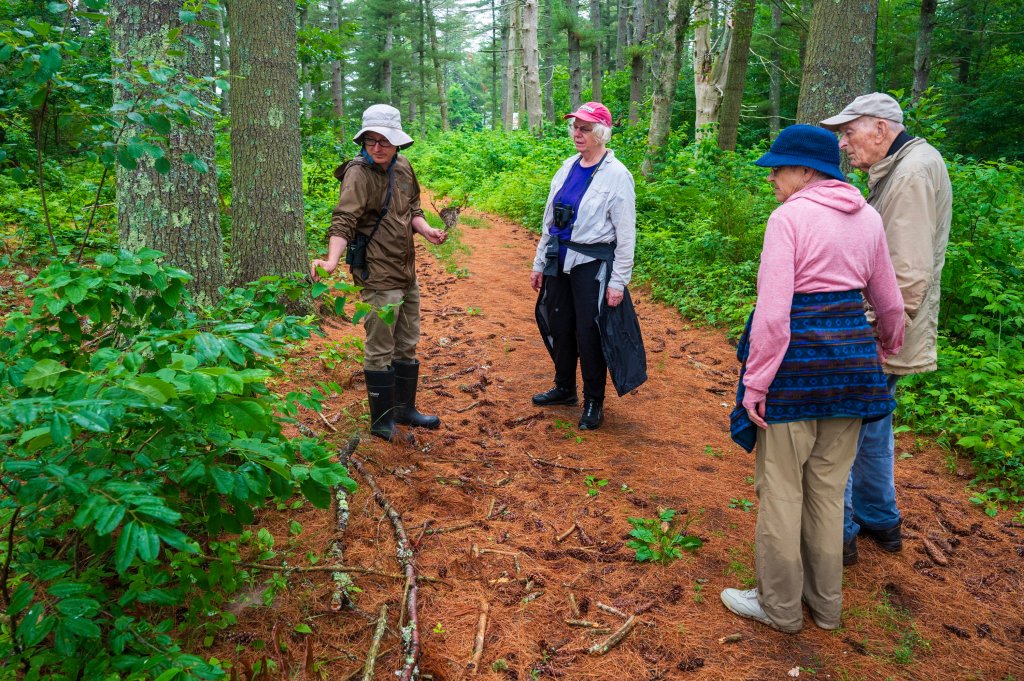
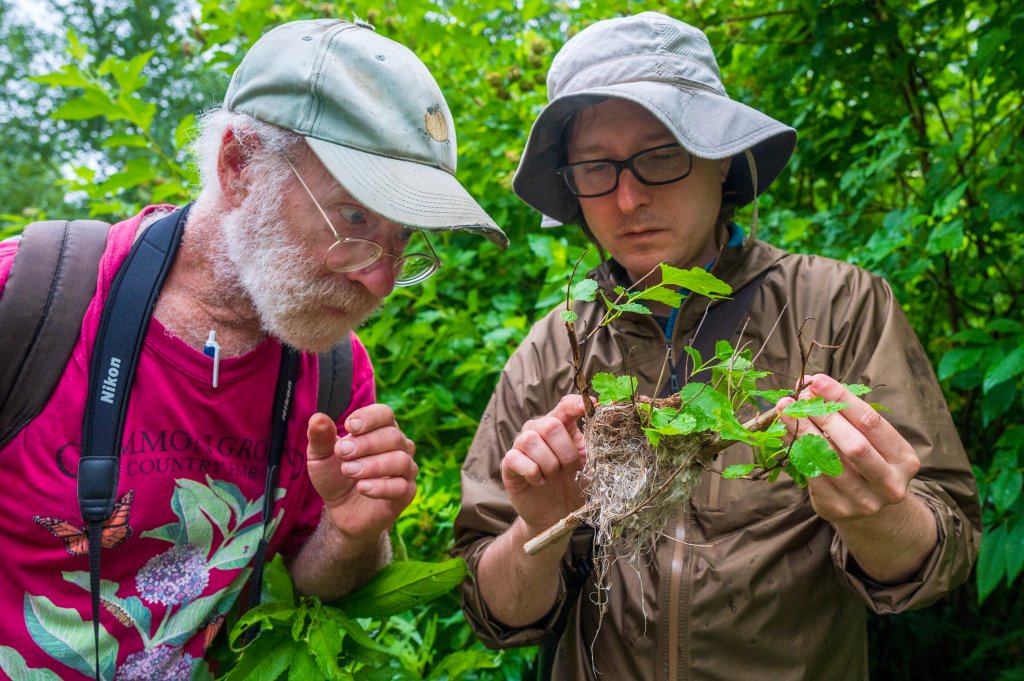
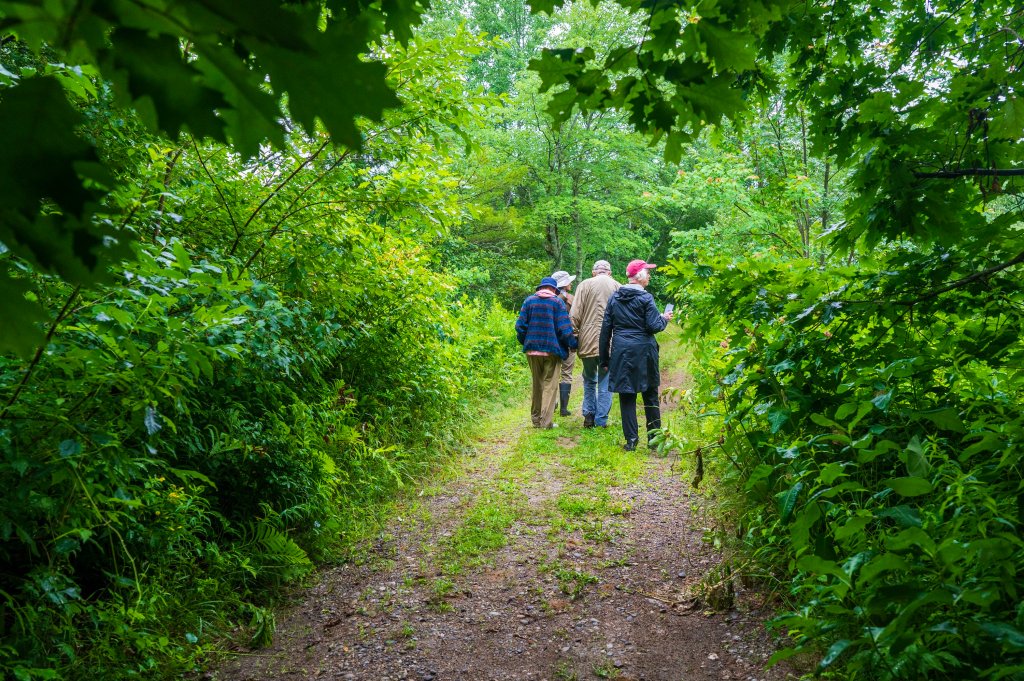
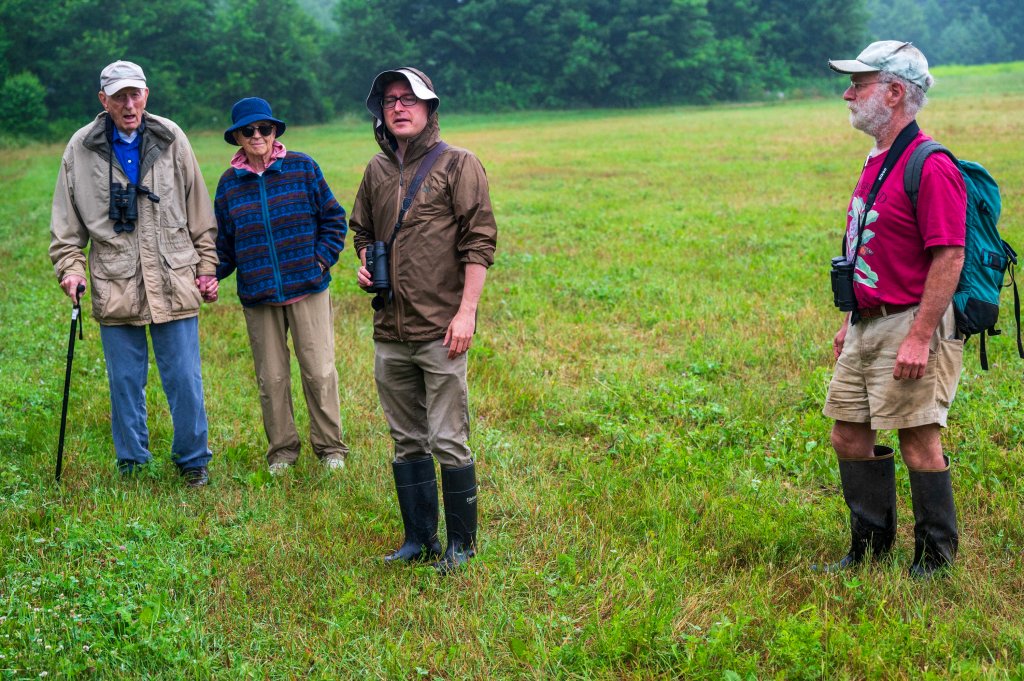
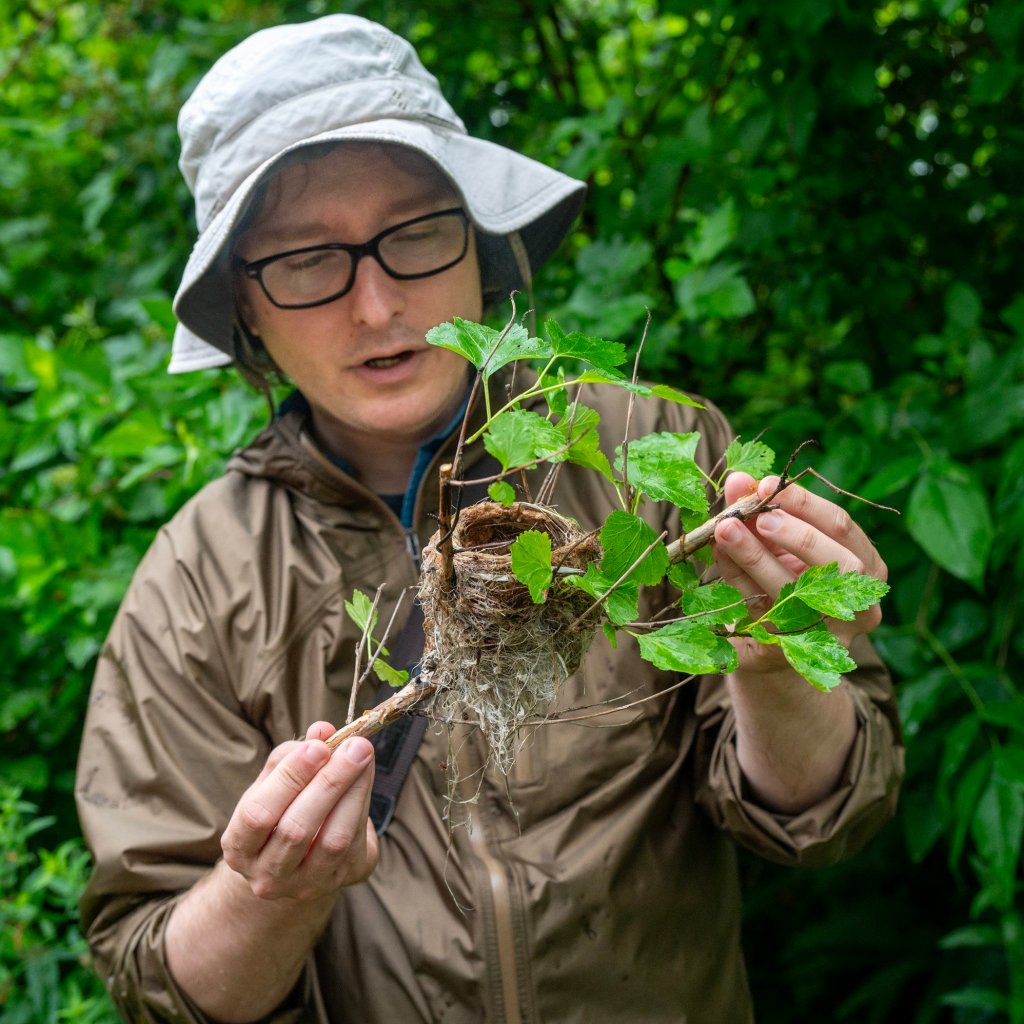


We invite you to add your comments, and we encourage a thoughtful, open and lively exchange of ideas and information on this website. By joining the conversation, you are agreeing to our commenting policy and terms of use. You can also read our FAQs. You can modify your screen name here.
Readers may now see a Top Comments tab, which is an experimental software feature to detect and highlight comments that demonstrate compassion, reasoning, personal stories and curiosity, and encourage and promote civil discourse.
Join the Conversation
Please sign into your Sun Journal account to participate in conversations below. If you do not have an account, you can register or subscribe. Questions? Please see our FAQs.